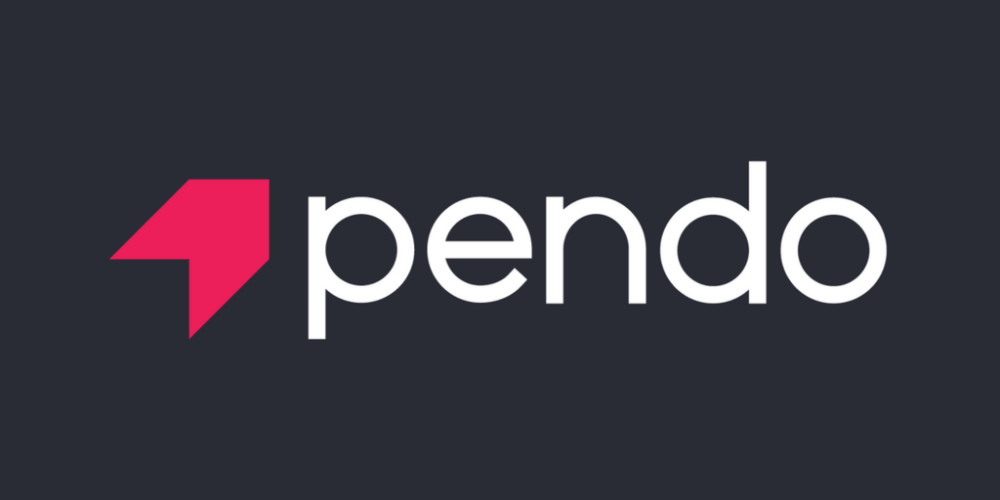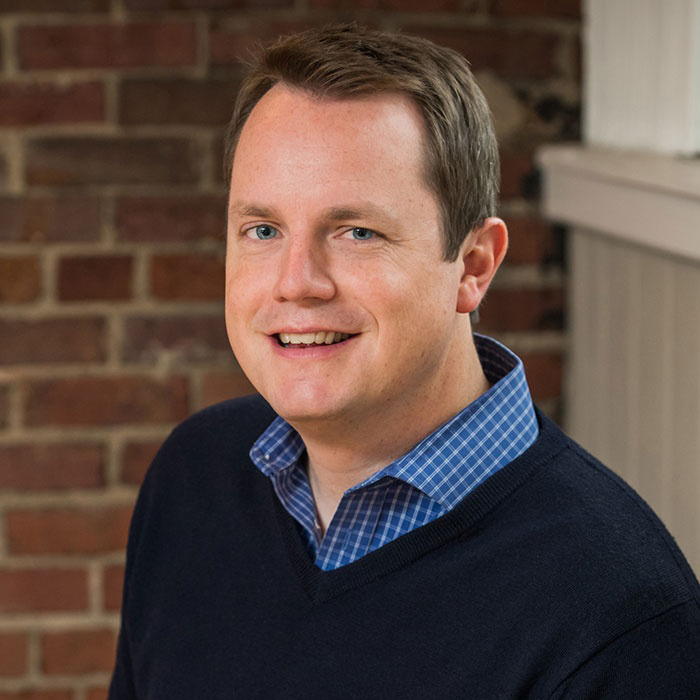If there’s one lesson I’ve learned from leading product at fast-growing startups, it’s that there’s no one way to lead product. You do, however, need to be intentional about how you lead product. That starts with acknowledging the differences between a company at $25 million in ARR and $75 million, and then mapping big team and organizational changes to critical stages along that growth trajectory.
Here’s some advice for other product leaders from our journey at Pendo:
$0-5M ARR: All hands on deck.
Your primary focus in the earliest days of the company is achieving product-market fit. In most cases, this stage doesn’t require a dedicated product executive. You need a passionate and dedicated founding team, all of whom are close to customers and working to solve their problems.
$5-25M: Hire a CPO early.
But there is something to be said for hiring a product executive before the business feels ready. I like to equate this stage to Warren Buffett’s famous law of uninterrupted compounding interest—there is a significant difference between investing early and often into an IRA versus starting later in life.
I joined Pendo as its first chief product officer during this stage, and my initial focus was to elevate our customer conversations from features and functionality, to understanding and having empathy for their jobs to be done. We built mission-based teams around areas of the product to ensure what we built helped customers be the very best at their jobs. The result was a more strategic roadmap, which helped us win customers faster. That structure also helped us take on customers we weren’t quite ready for, at times testing our existing systems and processes, but mostly stretching my team to deliver an increasingly better product.
$25-50M: Create and/or mature your operating system.
But soon enough, we tested our systems enough to require an actual operating system for product. This lesson came the hard way: after a poorly executed product launch. My team had spent a year working on an exciting new capability, but we hadn’t gotten enough feedback from customers prior to rollout. And we hadn’t properly trained our customer-facing teams either. It was brutal.
This was the catalyst for product operations. We created a product ops team with transparency as a primary objective. They started off by interviewing internal teams to understand the pain they felt as our product grew and changed. Armed with these insights, product ops built templates and processes to make sure we communicate the right level of information at the right time to both customers and our go-to-market teams. Product ops holds us accountable for what we’re delivering, and makes sure every launch is seamless.
$50-75M: Determine your second act.
The prior stages were all about scaling our core product and our product function. But once we had momentum and structure in place, our board started asking the provocative question: What comes next? What is the next opportunity that could be even bigger than the first? This is the ideal stage for a fast-growing company to plot its next moves.
My team spent a lot of time reflecting on what we’ve learned about the business, and what opportunities are out there to explore—we considered whether our core capabilities could serve a new persona or if we should add features and functionality to meet the needs of a new customer base. Geoffrey Moore’s bowling pin strategy provided a great framework for refreshing our product direction and strategy, and casting vision for a new and exciting roadmap.
Invest the time and energy, and you’ll leave this stage with clarity around the company’s next revenue engine.
$75-$100M+: Scale and structure your org to reflect your multi-horizon strategy.
Then it becomes time to execute. Your team and org need to change yet again to avoid the “Innovator’s Dilemma” that many companies face when they try to balance the needs of a core business with a new one. A battle for resources is almost inevitable without an intentional strategy to drive innovation.
At Pendo, we created an entirely separate product organization to focus on our second act. That has enabled us to continue to invest in the core product and serve the largest portion of our customers, while giving the new team independence from processes and structure that could slow them down.
Be intentional about the decisions you make in these five stages, and your product team and organization will continue to innovate and drive growth for the business for years to come.
This blog post is brought to you by Pendo.


